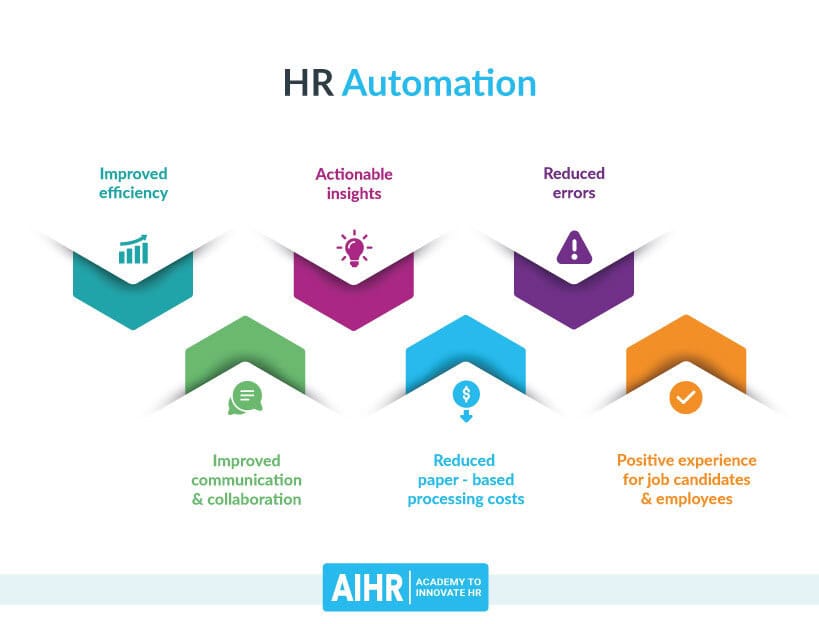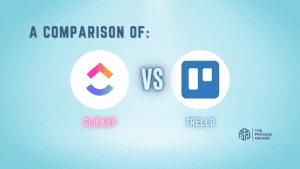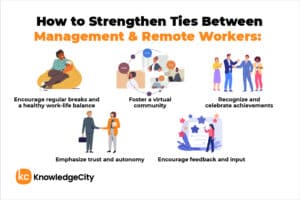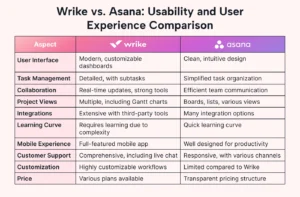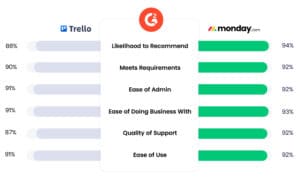HR Automation: Streamlining Workforce Management for Efficiency and Growth
HR automation is transforming how companies manage their most valuable asset—employees. By automating repetitive HR tasks like payroll, onboarding, performance tracking, and compliance management, businesses can boost efficiency, reduce human error, and improve employee satisfaction. In this article, we’ll introduce the benefits of HR automation, explain how to implement it effectively, and showcase some of the best tools on the market.
Introduction: Why HR Automation is a Must-Have for Growing Teams
For businesses scaling up, manual HR processes can quickly become time-consuming, inefficient, and prone to errors. Whether you’re a small business or an enterprise organization, HR automation tools can save you countless hours by streamlining tasks such as payroll, recruitment, and benefits administration.
By leveraging HR automation, you free up your HR teams to focus on higher-level functions like employee engagement, leadership development, and organizational culture—areas that directly impact productivity and business growth.
The Key Benefits of HR Automation
1. Increased Efficiency and Productivity
One of the most immediate benefits of HR automation is its ability to save time. Automating tasks like payroll processing, attendance tracking, and benefits management enables HR teams to handle more work with less effort. HR automation ensures that essential processes are completed faster and with fewer errors.
- Example: Automating payroll can reduce the time spent calculating taxes, tracking employee hours, and issuing payments, all while ensuring compliance with labor laws.
2. Improved Compliance and Reduced Risk
HR compliance is complex, especially for companies operating in multiple regions with different labor laws. Automation helps companies stay compliant by updating policies and regulations automatically, reducing the risk of fines and penalties.
- Example: HR automation tools can automatically track regulatory changes, ensuring that your business complies with minimum wage laws, overtime regulations, and tax codes.
3. Enhanced Employee Experience
HR automation improves the employee experience by making HR tasks more accessible. Self-service portals allow employees to check their benefits, update personal information, or request time off without needing to go through HR personnel.
- Example: With automated onboarding processes, new hires can complete necessary paperwork and training modules at their own pace, creating a more efficient and welcoming experience.
4. Data-Driven Decision Making
Automating HR processes also provides businesses with valuable data. By tracking performance metrics, turnover rates, and employee engagement, HR automation tools can offer insights that guide decision-making on hiring, promotions, and workforce planning.
- Example: A company might use automation data to identify trends in employee performance, enabling them to create tailored training programs that boost productivity.
How to Implement HR Automation
1. Evaluate Your HR Needs
The first step to implementing HR automation is evaluating which processes would benefit the most from automation. Common tasks that can be automated include recruitment, onboarding, time tracking, payroll, and benefits management.
2. Choose the Right HR Automation Tools
Select an HR automation platform that meets your business’s specific needs. Consider tools that integrate with your current systems and offer scalability as your company grows.
- Key Features to Look For:
- Employee self-service
- Time and attendance tracking
- Payroll automation
- Recruitment and onboarding automation
- Compliance management
- Performance tracking
3. Integrate Automation into Your Existing Systems
It’s important that your HR automation tool integrates seamlessly with your existing payroll, CRM, and project management systems. This ensures that all data is synchronized across platforms, minimizing disruptions and enhancing workflow efficiency.
4. Train Your HR Team
While automation simplifies many HR processes, it’s still essential to train your HR team on how to use these new tools effectively. Offer training sessions and resources to ensure that everyone is familiar with the platform’s capabilities.
5. Monitor and Optimize
HR automation tools provide valuable data on employee performance, productivity, and satisfaction. Use this data to continuously optimize your HR processes, improving both the employee experience and overall business outcomes.
Top Tools for HR Automation
BambooHR
BambooHR is an all-in-one HR automation platform designed for small and medium-sized businesses. It offers features such as applicant tracking, onboarding, time tracking, and performance management. Its intuitive interface makes it a favorite among HR teams.
Gusto
Gusto is a popular HR automation tool that focuses on payroll, benefits administration, and compliance management. Gusto offers automatic tax filing, employee benefits management, and easy-to-use time tracking tools.
ADP Workforce Now
ADP Workforce Now is a comprehensive HR automation tool for larger businesses, providing solutions for payroll, benefits administration, time and attendance tracking, and talent management. Its extensive reporting capabilities make it ideal for data-driven HR teams.
Zenefits
Zenefits simplifies HR processes for businesses of all sizes. It offers a range of features including benefits administration, time and attendance tracking, and employee self-service. Zenefits is known for its easy integration with payroll and compliance tools.
Rippling
Rippling combines HR and IT automation into one platform. Businesses can manage everything from payroll and benefits to device management and app provisioning, making it a great option for companies with remote employees or complex IT needs.
Conclusion: Transform Your HR Processes with Automation
HR automation is not just a trend; it’s a strategic investment in your company’s future. By automating time-consuming HR tasks like payroll, onboarding, and compliance management, you empower your HR teams to focus on strategic initiatives that drive growth and enhance the employee experience. If you’re looking to simplify and scale your HR operations, now’s the time to explore automation solutions.
FAQs
What is HR automation?
HR automation refers to the use of technology to automate repetitive and time-consuming HR tasks such as payroll processing, attendance tracking, and recruitment.
How does HR automation improve compliance?
HR automation tools help businesses stay compliant by automatically updating policies and regulations, tracking employee hours, and generating accurate payroll reports that comply with labor laws.
What are the key benefits of HR automation?
Key benefits include increased efficiency, improved compliance, enhanced employee experience, and data-driven decision-making.
Which businesses should use HR automation?
HR automation is ideal for businesses of all sizes, especially those looking to scale and manage growing teams efficiently. Companies in industries like retail, healthcare, and technology benefit greatly from automation.
Can HR automation tools integrate with other business systems?
Yes, many HR automation tools integrate seamlessly with payroll, CRM, and project management systems, providing a cohesive and efficient workflow.
Keywords:
HR automation, payroll automation, employee management tools, time tracking, compliance management, HR software

